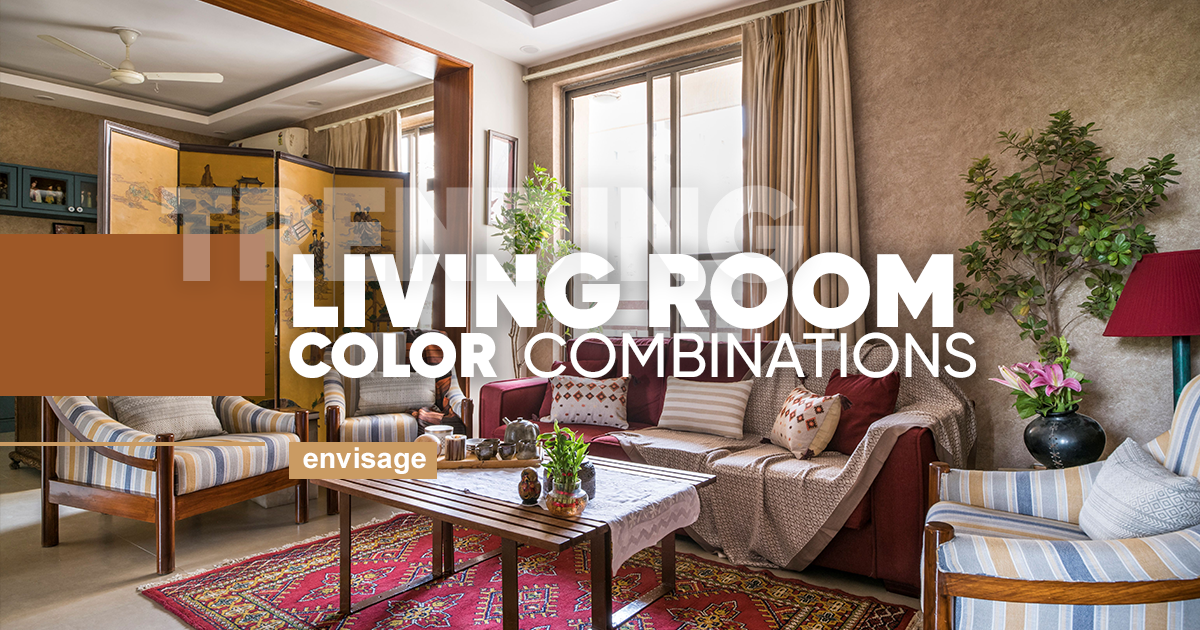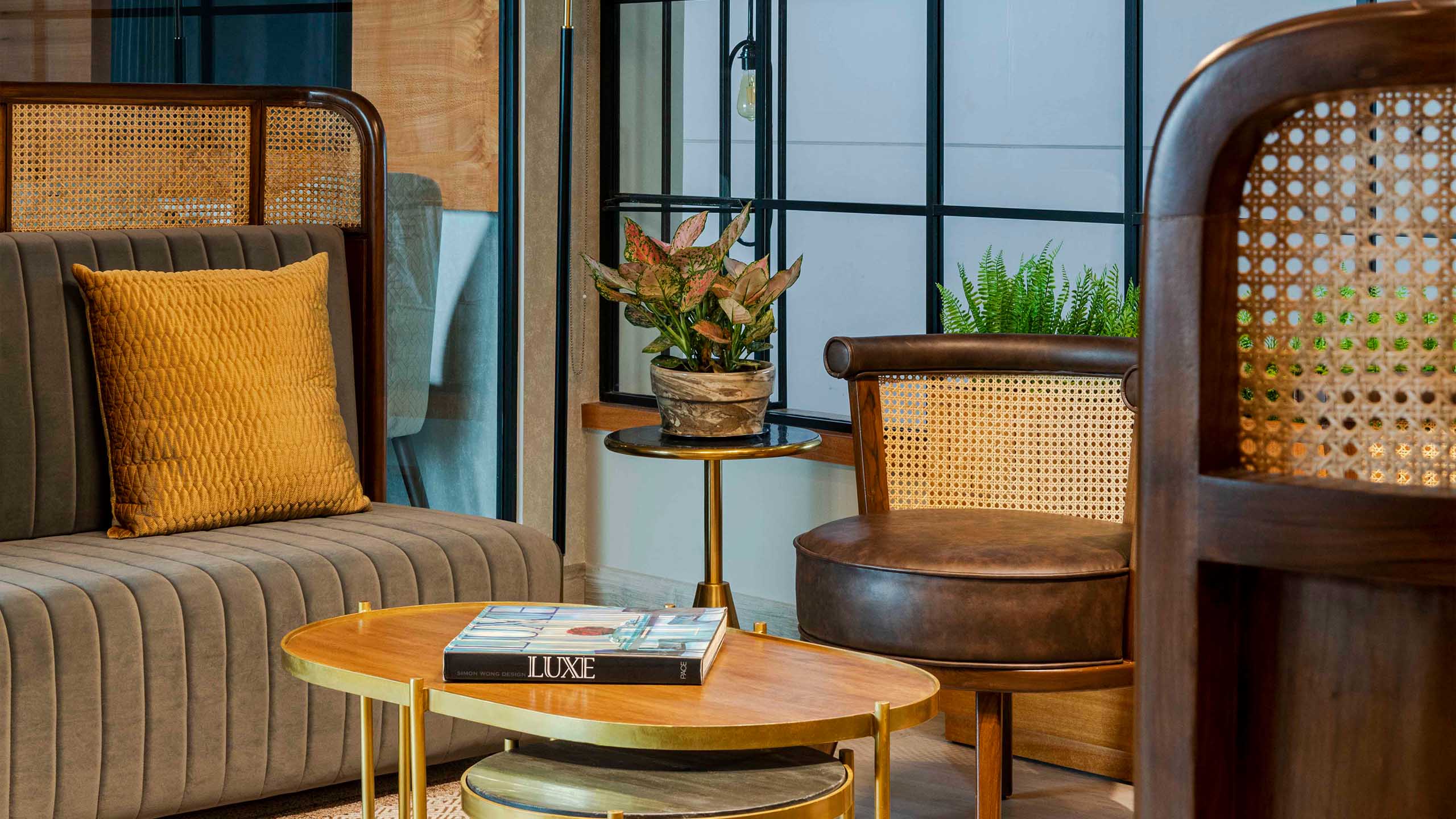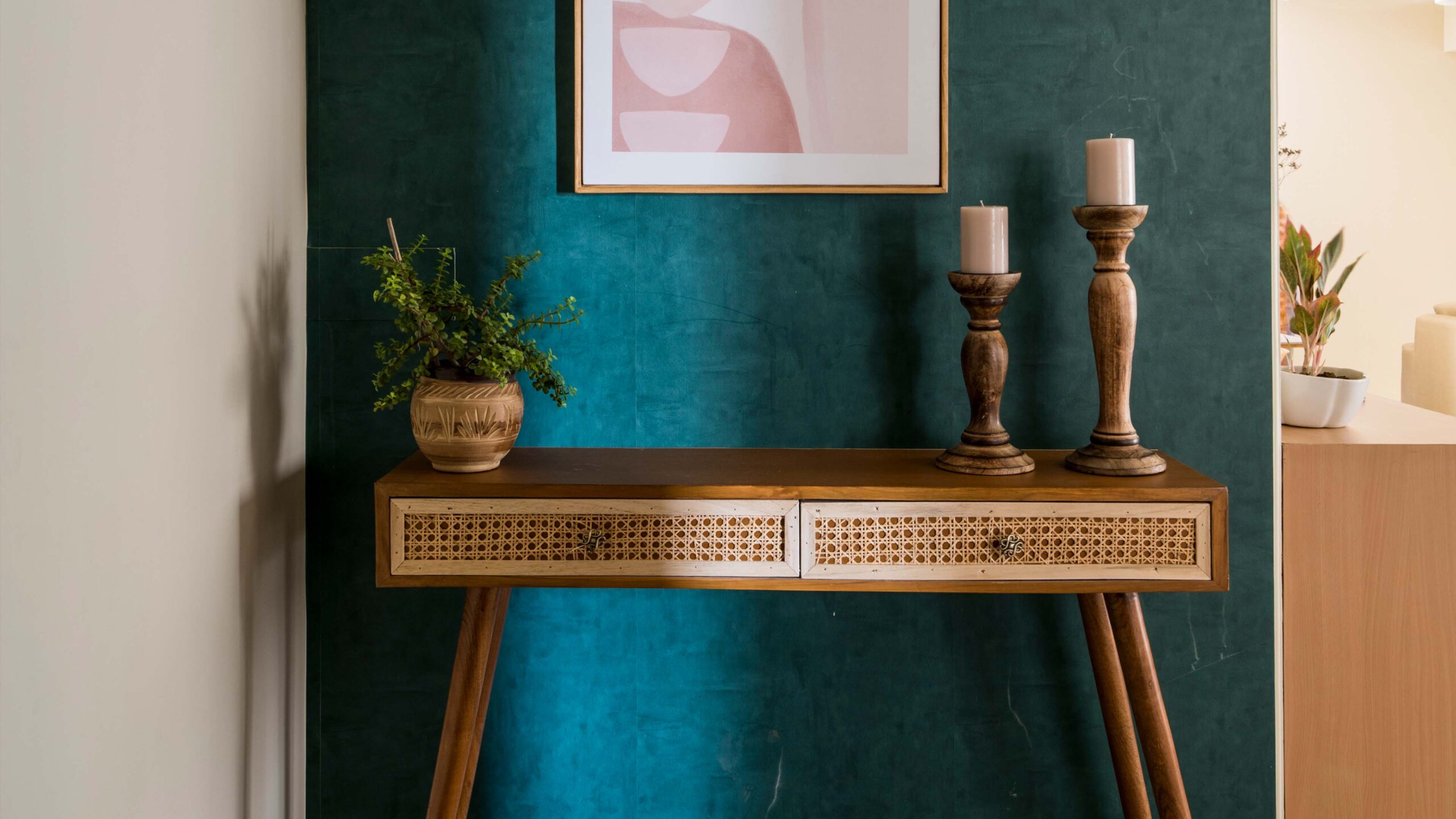Importance of Movement in Offices
- Blog,
- Featured Blog
In most modern-day offices, employees sit in one place the entire day in order to focus on their tasks. The planning of the office, cabins, and furniture are all designed to ensure maximum efficiency, which by default means minimal movement or effort on the part of users. However, as researchers explore the relationship between work and healthy living, it is increasingly evident that the human body is not designed to sit steadily for long hours. Instead, our minds are curious foragers, designed to hunt ideas, not by looking at a computer screen, but by engaging our senses by moving the body’s position frequently.
Moving the body by changing work locations, stretching or taking short walks triggers parts of the brain responsible for creativity, focus and increased activity. Although it may sound counterintuitive, research suggests periodically disengaging from the work desk for short periods makes people more productive. Likewise, when stuck on a task, talking to co-workers or moving to a balcony to view the outdoors is sure to break the monotony of a computer screen and solve problems quicker.
A helpful approach to encouraging movement is designing an office where people have the freedom to choose where and how they wish to work and at what times of the day. For example, a day’s tasks in the office might include reading, writing, sketching out ideas, planning, making calls or conducting meetings. Providing different types of spaces that range from quiet and secluded to interactive and open will give employees the freedom to choose their seating areas based on their tasks. Additionally, placing necessities such as toilets and staircases on the extreme ends of the office, can also facilitate movement, fostering chance interactions and change in the sensory environment.
Architects can also design different types of seating, ranging from the conventional desk and chair to a more casual, comfortable zone with low couches or bean bags to interactive styles like high stool seating. Further, these areas can be interspersed with gathering or open spaces like terraces and balconies. This type of design enables a mix of activities and encourages people to move, interact, de-stress, think creatively and ultimately, enjoy spending time in their office.
For the longest time, the modern world has actively turned away from the psychological and physical needs of the human body to design office spaces. It is time we recognise that productivity is fostered not by stringent regulations to sit in one place but by catering to the human nature of being social and inquisitive.




